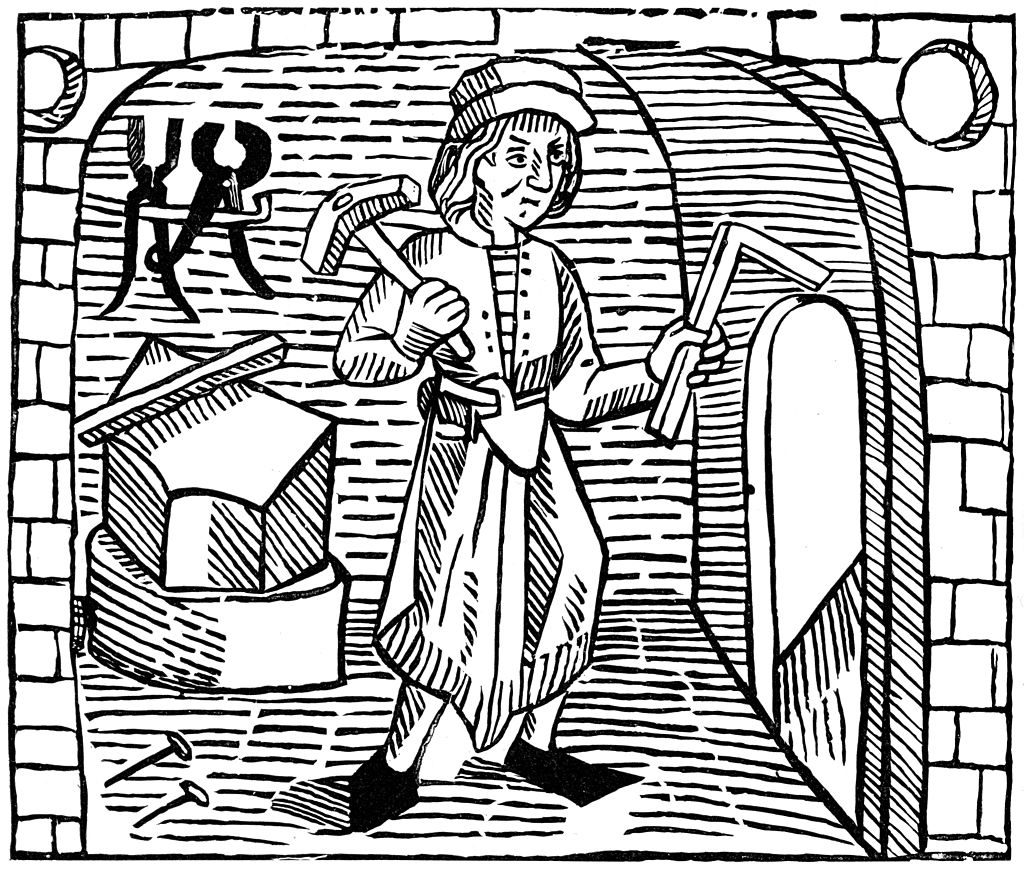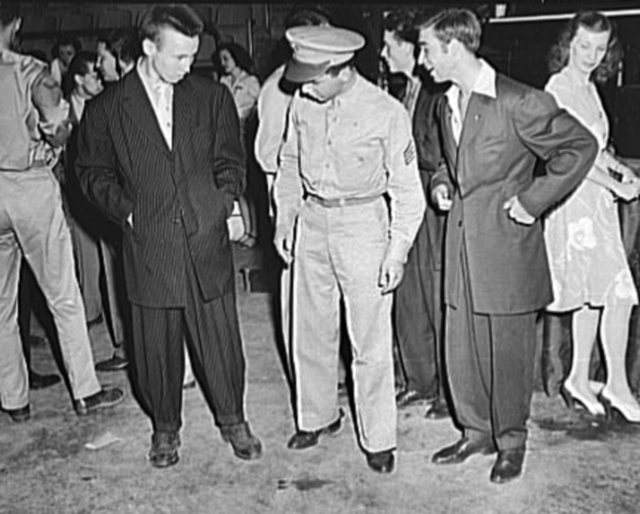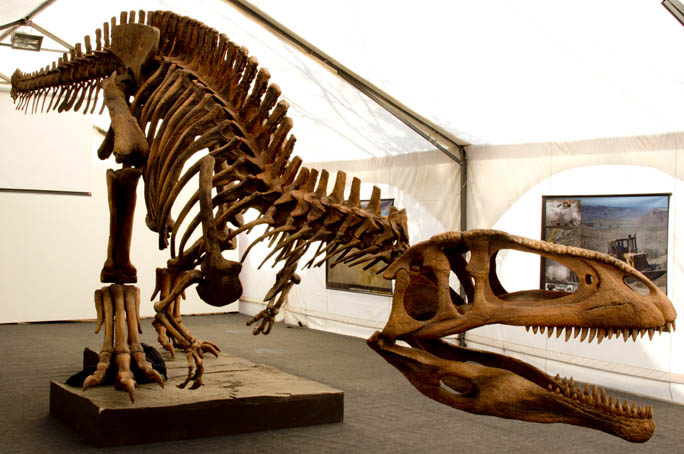In medieval Europe, you couldn’t just rent a hut and set up shop as a blacksmith, candle-maker or embroiderer. In most towns, you had no choice but to join a guild, which entailed apprenticing with a master practitioner for a number of years (without pay, but with room and board) until you became a full-fledged master yourself. At that point, you were expected not only to practice your trade, but to participate in the activities of your guild, which served double and triple duty as a social club and a charitable organization. Much of what we know about medieval guilds comes from the city of London, which kept the most extensive records about these organizations (which even had their own pecking order in the social hierarchy) from the 13th to the 19th centuries. Below, you’ll learn about 14 typical medieval guilds, ranging from bowyers and fletchers (makers of bows and arrows) to cobblers and cordwainers (fabricators and repairers of footwear). Read 14 Medieval Guilds You Didn’t Know Existed









